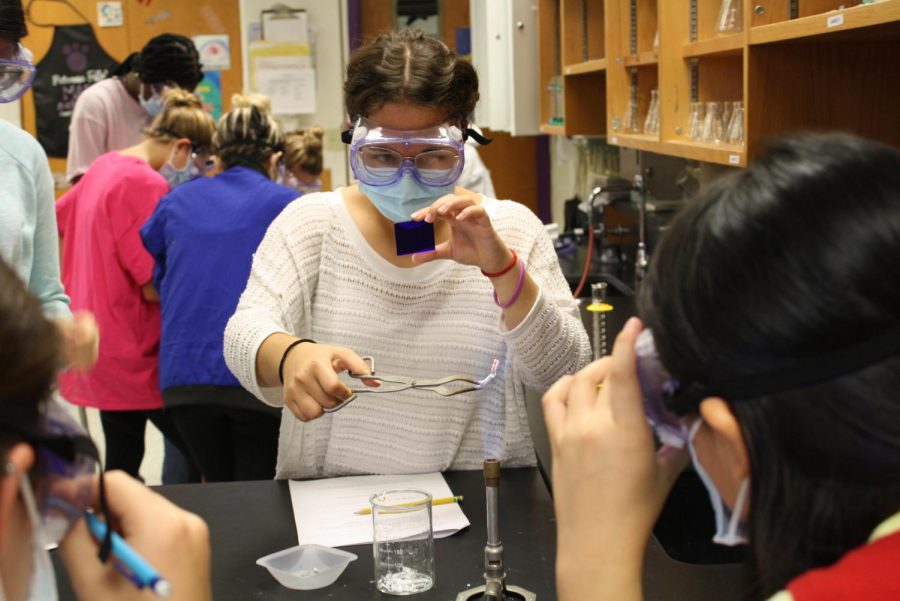Education: One Year Post-Pandemic
The COVID-19 pandemic changed education as we know it. How has our perception of “normal” changed during our path to recover, rebuild, and reflect?
Let’s address the elephant in the room. Last year, when the COVID-19 pandemic shut down the world, our definition of education was skewed entirely. Huge changes were implemented, and they impacted the way we interacted with each other, the way we learned, and the way we lived our day-to-day lives. But in what ways are we still being affected? And what have we learned is possible?
Almost two months following our return to in-person learning, a resistance to get back to pre-pandemic life is still circulating in the air. It’s been a long and eventful journey, and some things are simply not as they were preceding our switch to distance learning. Whether this comes with negative or positive connotation is to be interpreted; woven into personal experiences and preferences.
During the 2020-2021 school year, school as we defined it became something else entirely. Asynchronous Mondays, learning labs, and the introduction of Schoology are just a few of the modifications to education that we witnessed. Remote learning wasn’t deemed something that could be done successfully on a large scale, but the pandemic proved that wrong.
At Potomac Falls, we were lucky. The administration and our teachers were quick to adjust to the new school setting and help students get used to the new normal. Many things shifted, and many new things were introduced. Teachers recorded lectures that we had access to rewatch – something that, in the virtual classroom, was helpful to look back on. On Mondays, students had the opportunity to schedule meetings with teachers for extra help. The process of reaching out for help was reliant on self-efficacy, but it was made easy with the various ways students could contact teachers.
The changes in the learning environment impacted students in many ways. There were benefits, but losses were also prevalent within curricular and extracurricular activities. In science classes, the inability to engage in hands-on labs was especially felt, with teachers adapting to online labs to help reinforce learning. Group activities were limited overall, and the infamous epidemic of breakout rooms was implemented to try and simulate normal back-and-forth interactions between students.
Potomac Falls sports had shortened and delayed seasons, with drastic changes to many programs. Indoors, athletes wore masks during games and practices.
Remote learning promoted changes that, at this day and age, were imminent. Integration with more online sources happened, and there was less textbook-based learning. In the beginning of the year, we had 45-minute lunches that eventually shifted back to 30-minute lunches later on during the year. At school now, we went from a four-shift lunch block to the emergence of E-lunch.
All these shifts in education pose the question of: what is possible? What is necessary? Are 4-day work weeks as efficient as 5-day work weeks? Can remote learning persist past the confines of the pandemic-stricken world, and is it as productive and progressive as in-person learning?
How did distance learning impact you?


